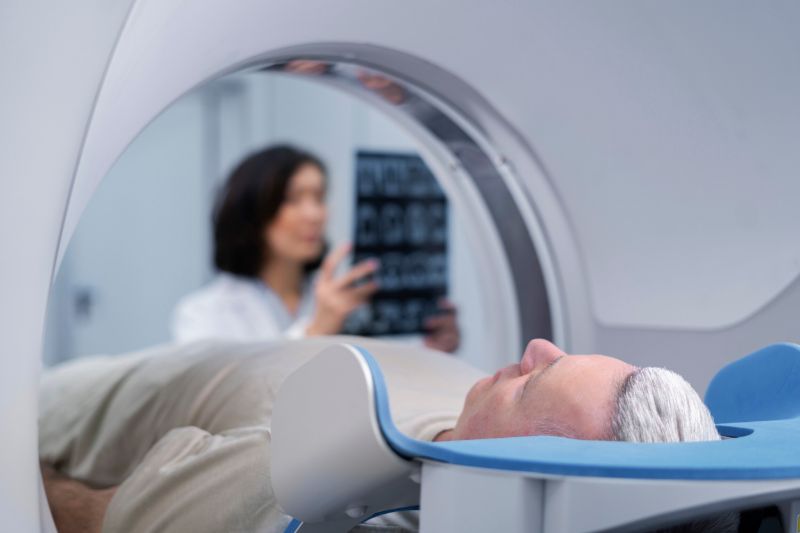Quick Links
For Patients
For Physicians
- Refer a patient to a specialist
- Order labs for patients
- Order radiology for patients
- Order At-Home Services
- Get your practice listed
For Companies

© Copyright 2024 American TelePhysicians. All rights reserved.




Acromegaly is a disorder that arises with a disturbance in hormones. It enables the pituitary gland to produce too much growth hormone (GH) during adulthood. Due to the increased growth hormone levels, the bones grow in size. Gigantism is the term used for an increase in height in childhood. Most commonly, the increase is seen in the bone size of the hand, face, and feet. It is a rare condition with around 3–4 new cases per million population per year. It is commonly diagnosed in middle-aged people. The symptoms are initially relatively mild and may have been present for several years before diagnosis.